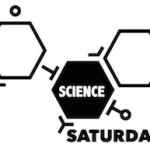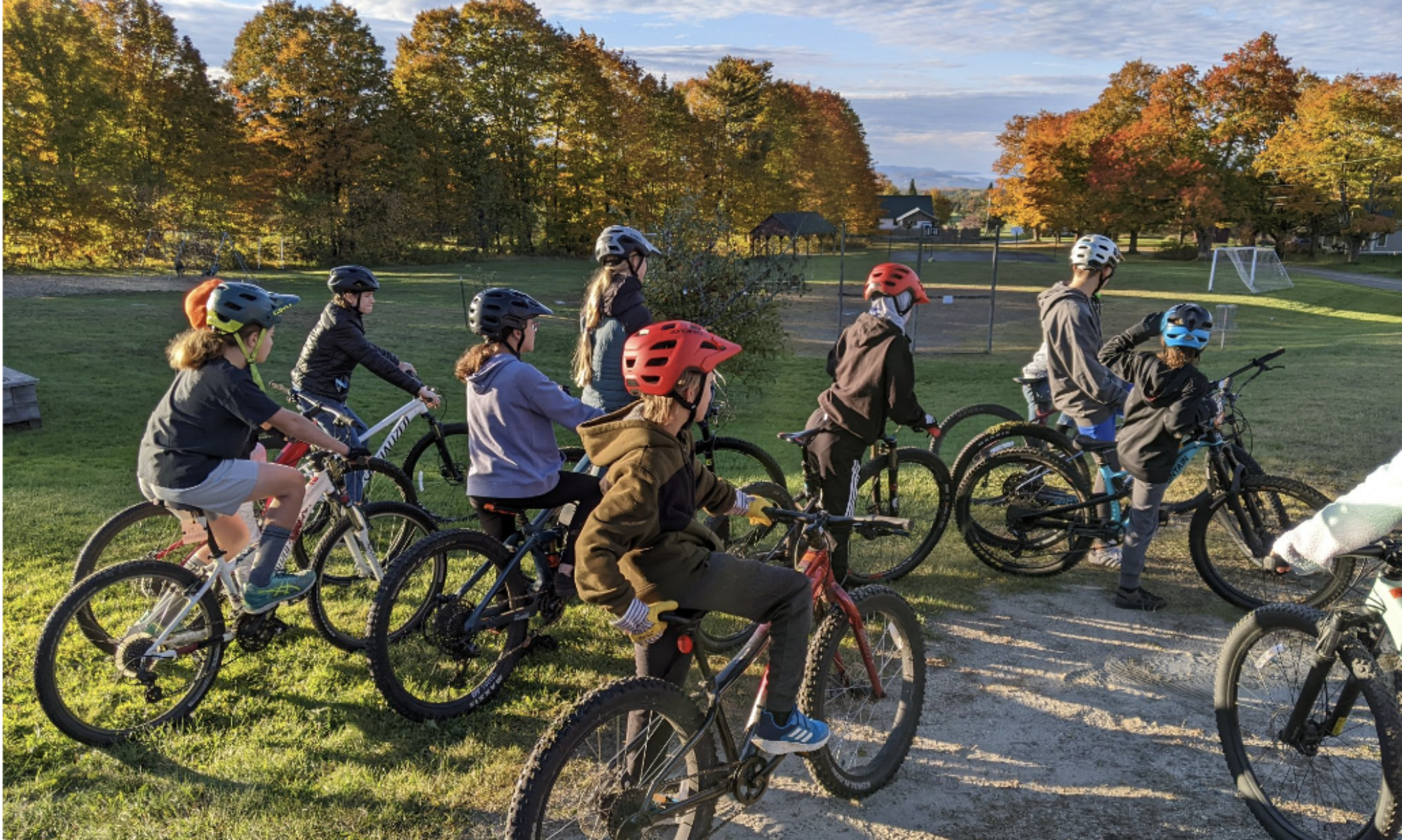 Here at the beginning of the year, many people make resolutions. A new year can mean new opportunities, and offer chances to implement large changes. One change that we see teachers take on is the idea of implementing the flipped classroom. Shifting direct instruction to video in order to clear up more class time for individual and small group supported worktime sounds like both a great idea and a lot of prep work. Today I would like to dig into what it would mean to flip a science class, from both a practical and philosophical viewpoint. If it is a change that you are considering in the new year, I hope that you will find this useful.
Here at the beginning of the year, many people make resolutions. A new year can mean new opportunities, and offer chances to implement large changes. One change that we see teachers take on is the idea of implementing the flipped classroom. Shifting direct instruction to video in order to clear up more class time for individual and small group supported worktime sounds like both a great idea and a lot of prep work. Today I would like to dig into what it would mean to flip a science class, from both a practical and philosophical viewpoint. If it is a change that you are considering in the new year, I hope that you will find this useful.
First, a little bit of background. Jon Bergmann and Aaron Sims deservedly get a lot of credit for pioneering the idea, especially in the science classroom. They took direct instruction and moved it to video, allowing for classtime to be spent in other ways (for a short history and further description of what flipped means, check out this article by Bill Tucker). Instead of a paradigm where students learn content and school and then practice it at home, the flipped classroom asks students to learn at home and practice in the supportive classroom environment. Now, many colleges and universities had been experimenting for a while with online lectures and digital background material (here’s an article on what it looks like in higher ed). I have even been in discussions where it is argued that this is what English teachers have been doing for years – having students read at home and discuss in class. But in the STEM fields, this system of lectures being delivered through home video frees up class time not only for supported practice, but also other learning activities.
The idea of converting all of your direct instruction to video is daunting. However, there are many resources out there to support you. If you clicked through on those links, you might notice that I included one of the heavy hitters in online mathematics education – Khan Academy. They now offer lessons in many different disciplines, including science. Now, my  background is in science, and although I accept that it can be argued that science is applied mathematics, I have always thought about math as toolbox or skill set. It makes sense to demonstrate these types of skills via video, and then practice them while being supported in the classroom. Another thing you might notice if you click through on those links is that they are mainly aimed at high school science. Many of them play as entertaining sections from textbooks. Seeing that helped me to figure out what was bugging me.
background is in science, and although I accept that it can be argued that science is applied mathematics, I have always thought about math as toolbox or skill set. It makes sense to demonstrate these types of skills via video, and then practice them while being supported in the classroom. Another thing you might notice if you click through on those links is that they are mainly aimed at high school science. Many of them play as entertaining sections from textbooks. Seeing that helped me to figure out what was bugging me.
For me, science is much more than a body of knowledge – science is a way of thinking and interacting with the world.
And so student experience and experimentation is the foundation of any science instruction. Many of the flipped classroom example videos that I came across reduce science to “the canon.” They treat science as a collection of facts to be learned, known, and assessed. If the goal is content transmission, then these examples provide a very efficient means to conduct that type of education. And very often at the high school and undergraduate level, content acquisition is the main goal. But this ignores the principles behind constructivism, constructionism, and student-centered pedagogies. I believe that students build their own knowledge, and that although presenting video lectures full of science facts may work for some students, it would struggle to build the deep understanding and knowledge that arises from experience and interaction.
So where does this leave us with flipped classrooms, video, and the rest? Perhaps surprisingly, given the previous paragraph, I see a couple of great ways to bring flipped classroom ideas into the science classroom. The first is by employing DIY videos. These types of videos support students creating, testing, troubleshooting, and explaining, and they provide great jumping off points for conceptual conversations. You can even create your own given your classroom technology, in order for students to have an example to model. Second, the more traditional content-based videos as modeled above are a great resource to employ after experimentation. They show how the larger scientific community has agreed to talk about what your students been thinking and learning. That is incredibly powerful. It keeps students from needing to rediscover science just to learn while prompting new questions for investigation.
I feel that elements of the flipped classroom will certainly continue to benefit the science classroom. It can free up more class time for experimentation and student-led investigation. But like all educational trends, it is important to take the time to slow down and consider how the methods interact with our own pedagogical philosophies. If you have thoughts on this, or if you have flipped your science classroom, please tell us about it in the comments! And, as always, if your class has done a project you’d like highlighted on Science Saturdays, let us know!


Thinking about flipped science classrooms http://t.co/aI4hh9L2Ow
Thinking about flipped science classrooms http://t.co/Lizhf2IJJY via @innovativeEd @jonbergmann @chemicalsams
Bring flipped classroom ideas into the science classroom http://t.co/MJZKqzUfEc
Thinking about flipped science classrooms http://t.co/8rzeQn22r4 via @innovativeEd